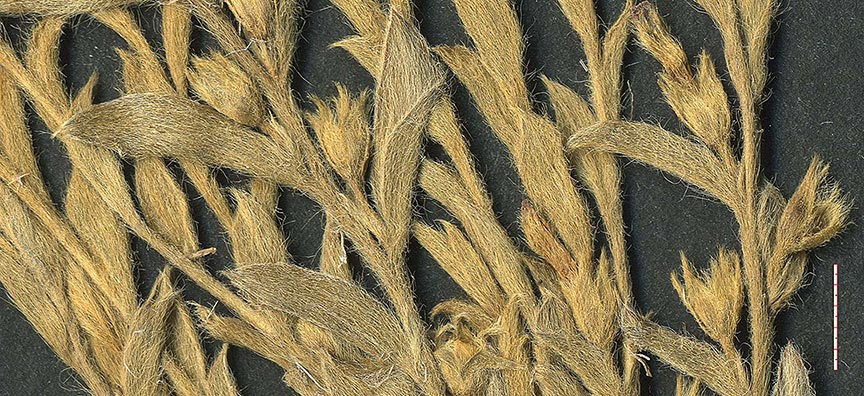 | 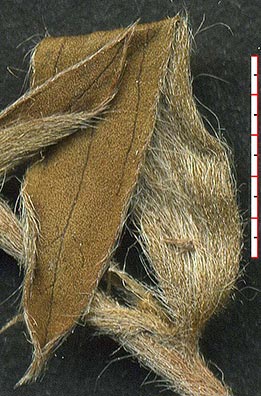 |
|---|---|
| E. discolor, both images from the the same collection: Jeff Davis Co., L. C. Hinckley 234 [LL] (previously as E. nuttallianus) Click to enlarge |
|
 |  |
|---|---|
| E. discolor, both images from the the same collection: Jeff Davis Co., L. C. Hinckley 234 [LL] (previously as E. nuttallianus) Click to enlarge |
|
Venation patterns for Evolvulus taxa were studied by clearing with NaOH (which digests most tissue) and staining the leaves with basic fuchsin, which stains the lignified tissues (e.g., veins) red and renders the others (e.g., hairs) transparent. [The process of clearing & staining the leaves.]
30 leaves were selected for 4 taxa representing all areas of Texas (26), Chihuahua (1) & Coahuila (1) of northern Mexico, Missouri (1) and Utah (1). The Texas specimens were from: Trans-Pecos, 14; Panhandle, 3; South Texas, 2; North & Central Texas, 9. The 4 taxa studied fell into 5 groups: E. alsinoides, 5; E. arenarius, 2; E. nuttallianus, 11; E. sericeus, E. discolor 12 — including 7 collections from Mexico and the Trans-Pecos currently determined as E. nuttallianus which I had determined on other grounds (primarily habit and sepal form) to be E. discolor. I was permitted to take a limited number leaves from collections of the TEX/LL herbaria for this project, from packet materials where possible or from specimens that would not be adversely affected by removal of a leaf.
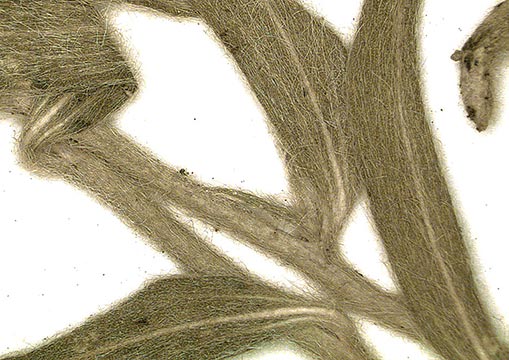
Insofar as possible I chose leaves which lacked apparent venation (cf. images made of the leaves prior to clearing). Apart from E. sericeus specimens from East, Central and South Texas, venation is mostly concealed by dense pubescence. The upper leaf surface of some E. discolor in the Trans-Pecos also may be glabrous or with greatly reduced pubescence. Prior to clearing E. nuttallianus with no pubescence (Hays Co., Harms 43A, TEX) showed only the strong midrib typical for that species.
With special thanks to Professors James Mauseth and Taylor Quedensley for assistance clearing the leaves; and to Tom Wendt, Curator, Plant Resources Center, for permitting the use of leaves from the herbarium's collections for this project. (I am responsible for damage to the leaves after clearing, especially in mounting them on slides.)
The best two images for each type are shown below. (For the best 14 images. For images of all clearings.)
Click on an image for enlargement.
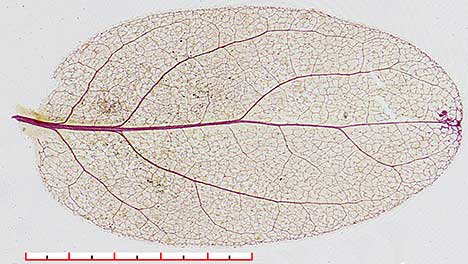
E. alsinoides — Val Verde Co. |
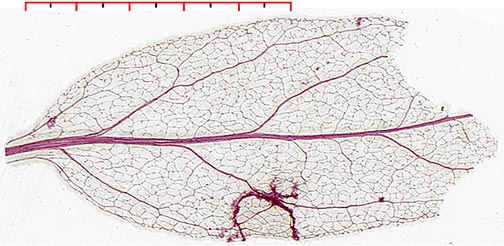
E. alsinoides — Presidio Co. |
|---|
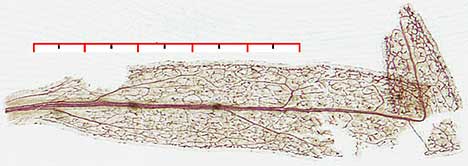
E. arenarius — Winkler Co. |

E. arenarius — Gaines Co. |
|---|
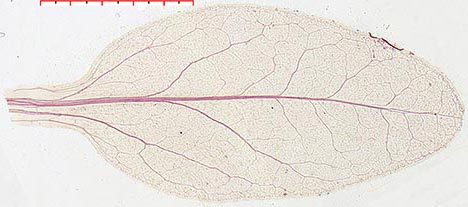
E. nuttallianus — Utah |

E. nuttallianus — Dallas Co. |
|---|

E. sericeus — Brazos Co. |

E. sericeus — Hays Co. |
|---|

E. discolor — Jeff Davis Co. |
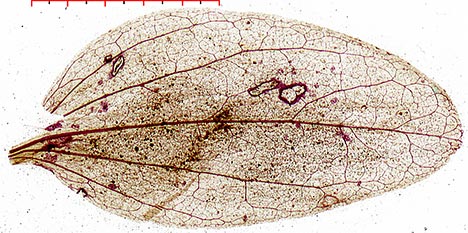
E. discolor (previously as E. nuttallianus) — Brewster Co. |
|---|